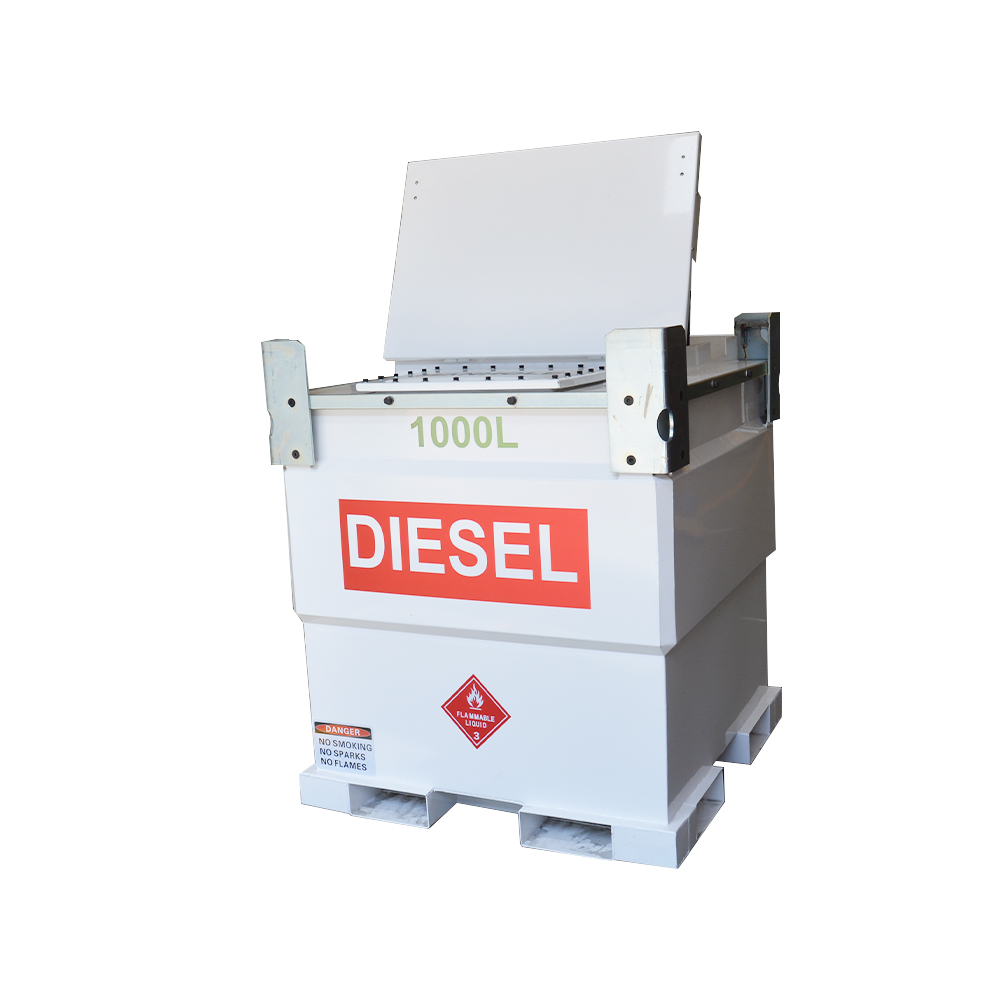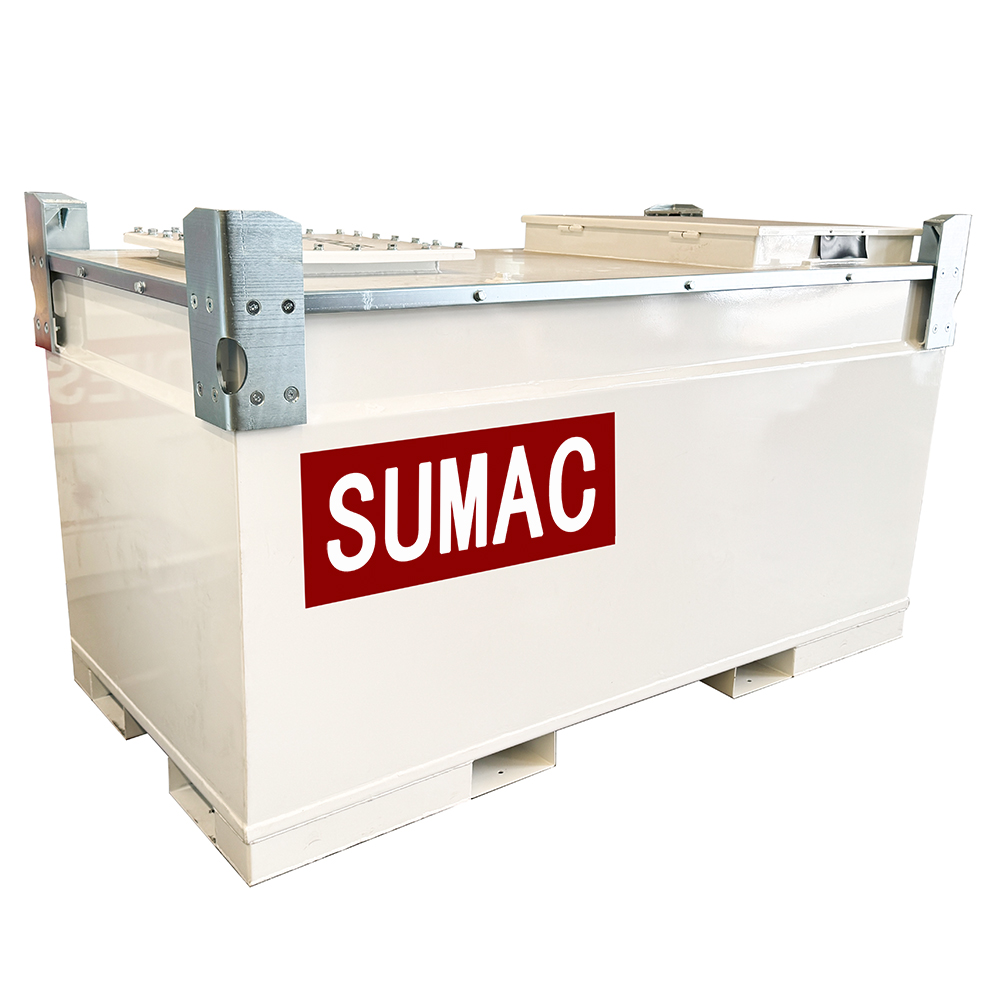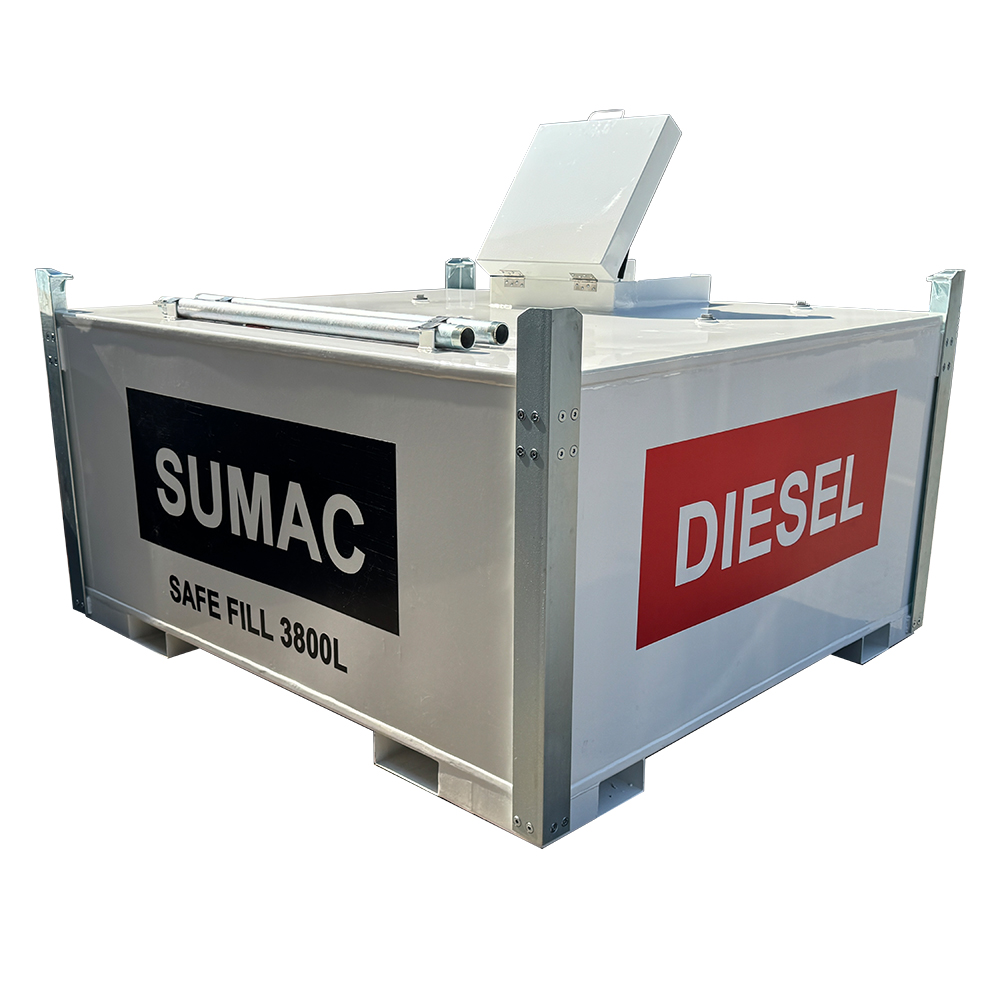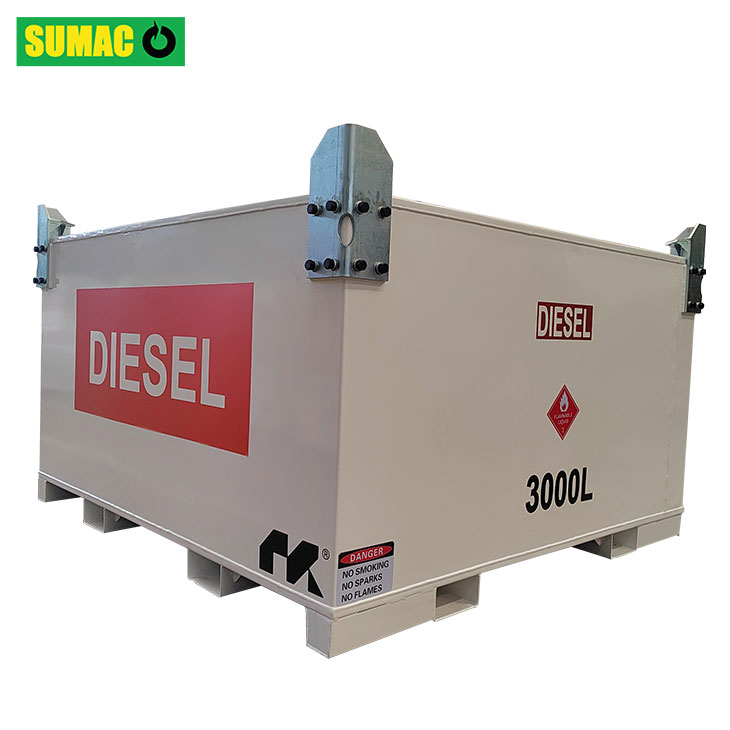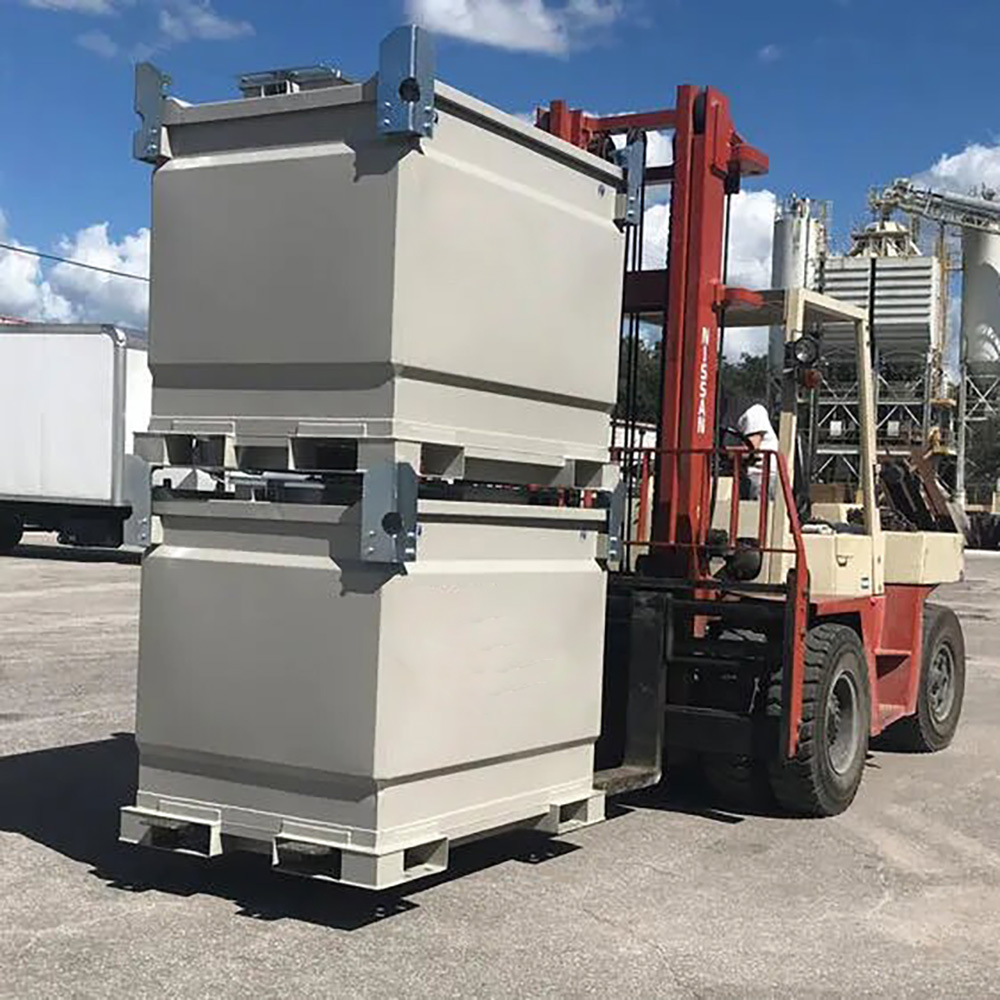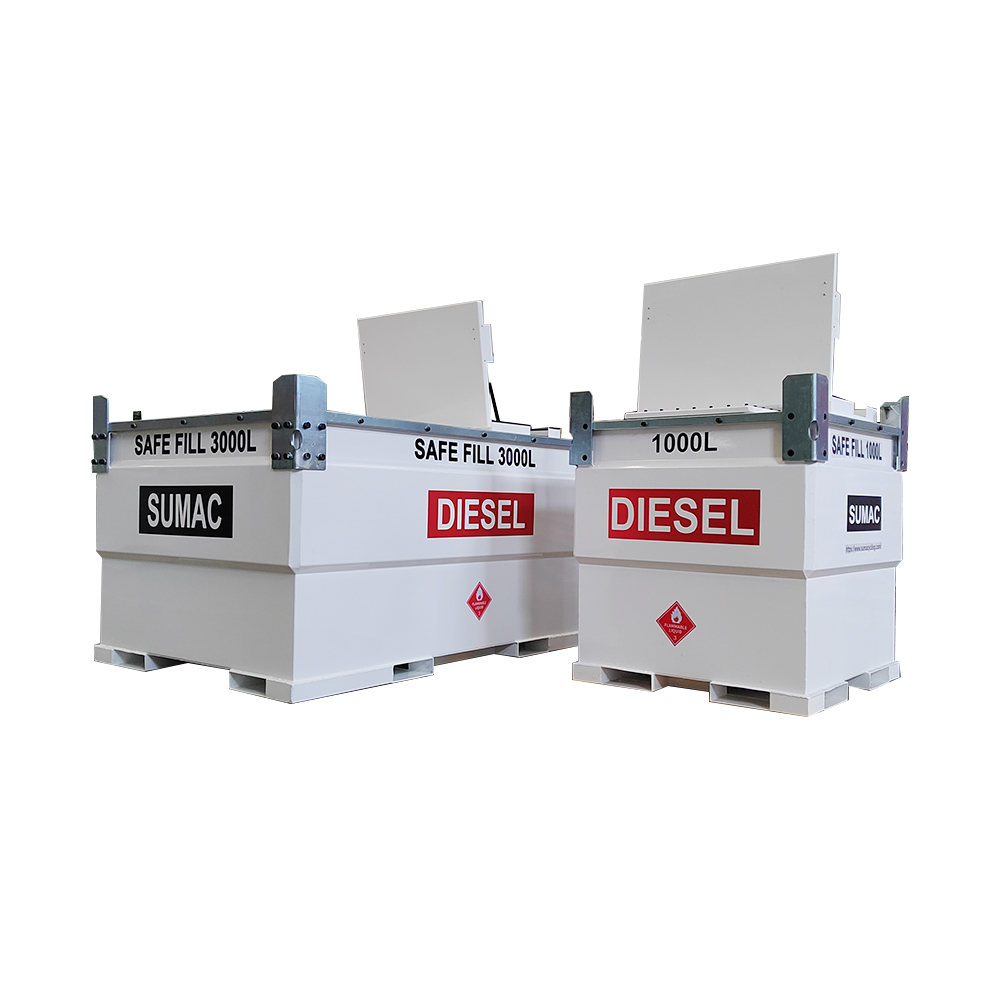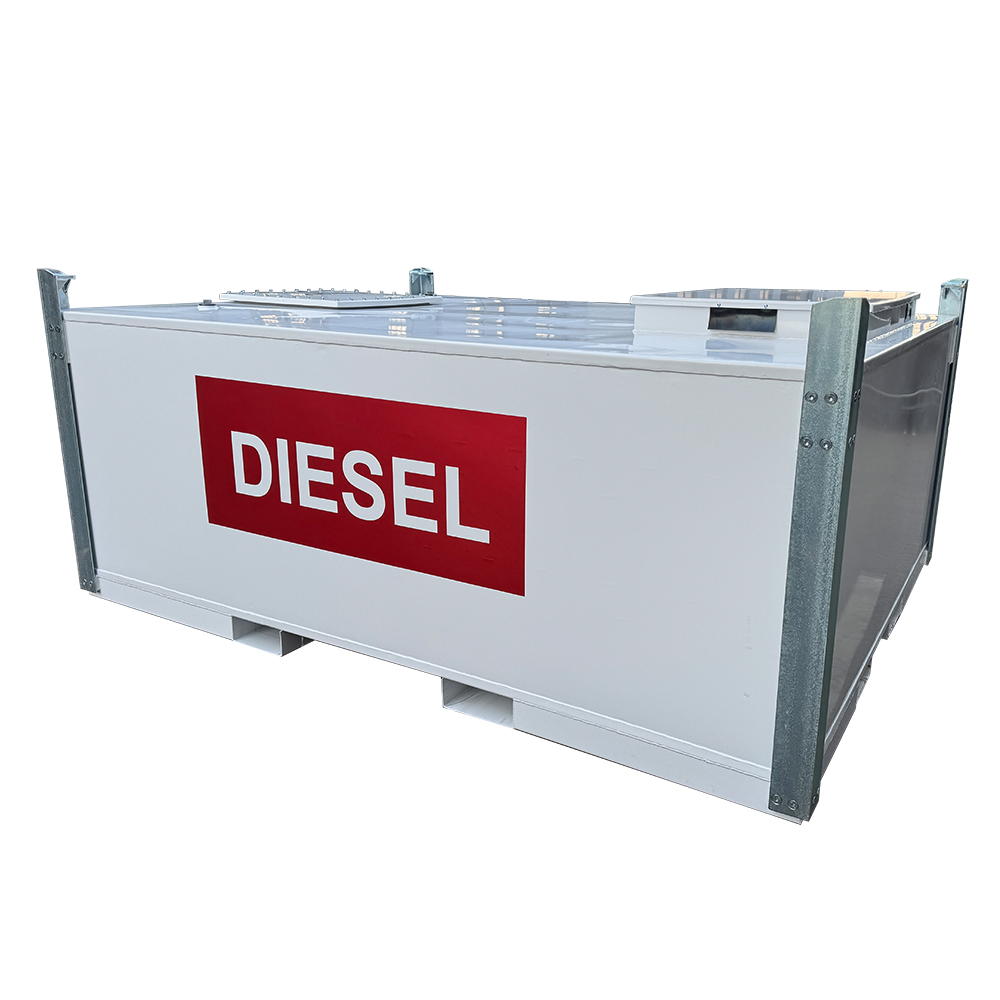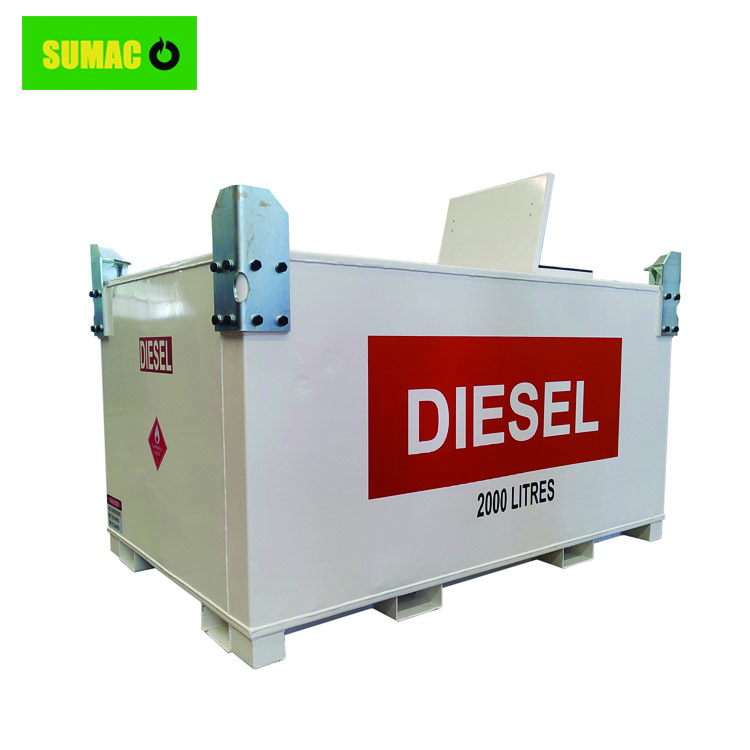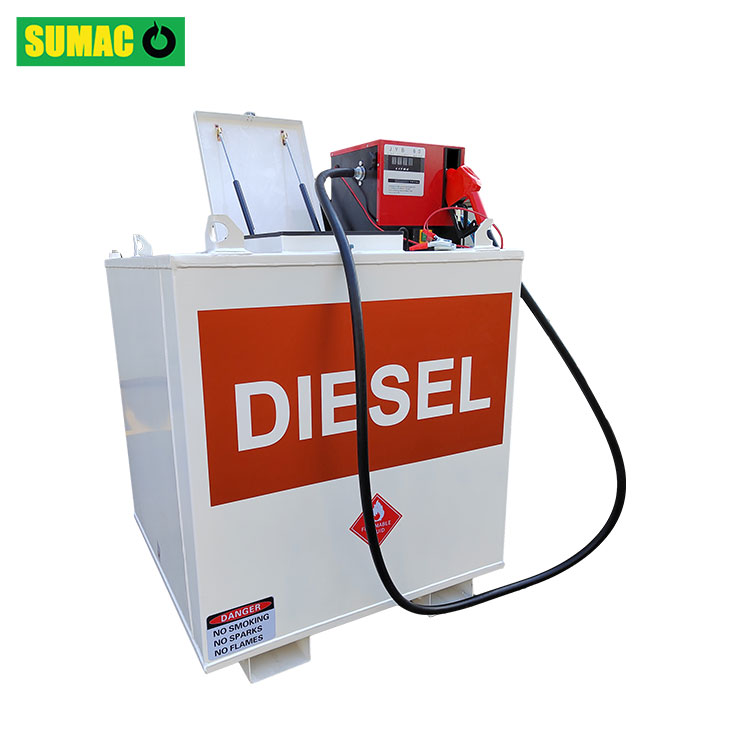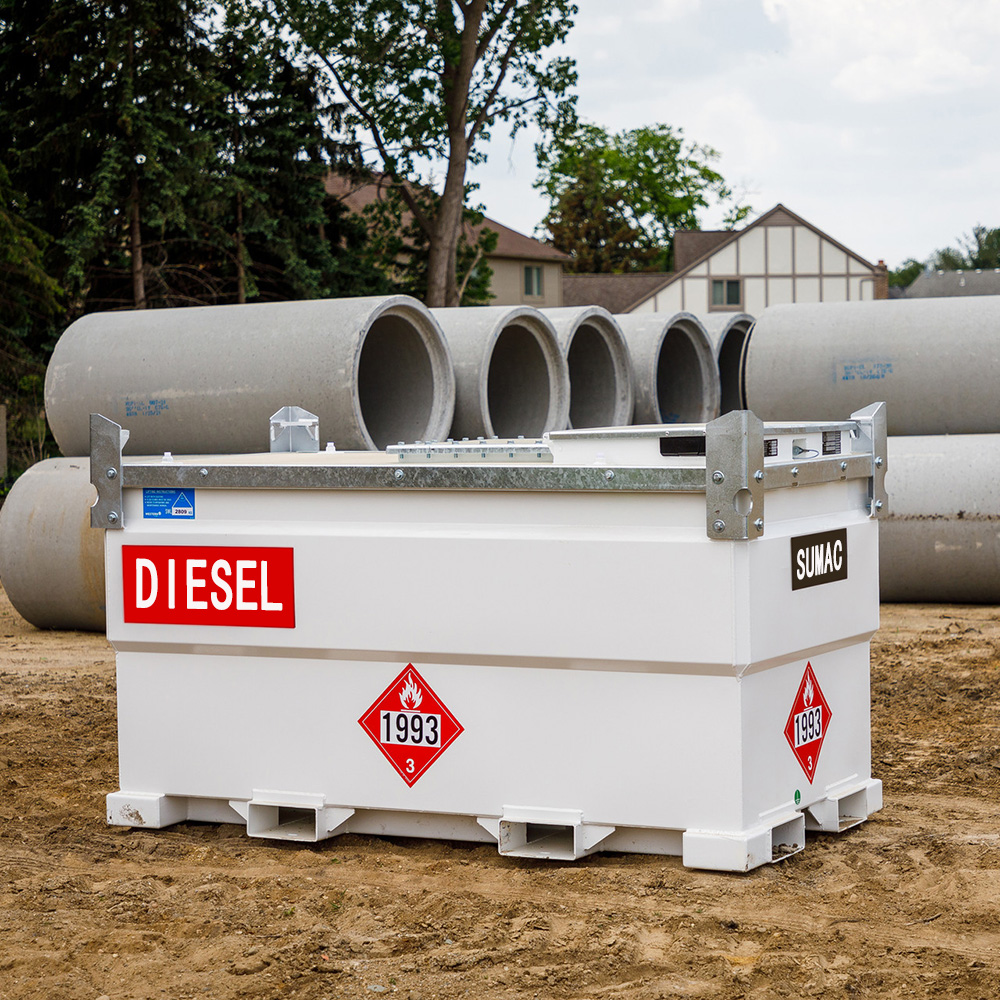-
How to verify the quality of a transfer fuel tankNov 21, 25To verify the quality of a transfer fuel tank, a comprehensive assessment covering material reliability, structural integrity, safety features, compliance, and performance is essential. ..
-
How to solve clogging of transfer fuel tanksNov 21, 25To solve clogging of transfer fuel tanks, a systematic approach focusing on safe cleaning, root cause elimination, and preventive measures is essential...
-
Do transfer fuel tanks need regular inspectionNov 21, 25Yes, transfer fuel tanks absolutely require regular inspection to ensure safety, reliability, and compliance with operational standards...
-
How to choose a transfer fuel tankNov 21, 25Choosing a transfer fuel tank requires careful consideration of core factors aligned with practical needs and safety standards....
-
What is the function of a transfer fuel tankNov 21, 25To understand the function of a transfer fuel tank, it is essential to focus on its core roles in fuel management across various applications...
-
How to Prevent Diesel Transfer Tanks from Freezing in WinterNov 20, 25Place the tank in a sheltered, dry area away from extreme cold to prevent prolonged exposure to ice and snow...
-
Troubleshooting Diesel Transfer Tank FaultsNov 20, 25Check all connections including hoses, fittings, and seals for signs of diesel seepage. Inspect the tank body for cracks, corrosion spots, or damage caused by impact...
-
How to deal with rust on a diesel transfer tankNov 20, 25First, move the tank to a well-ventilated and dry operating area, away from fire sources and flammable and explosive materials...
-
How to Operate a Diesel Transfer Tank SafelyNov 20, 25Before operation, thoroughly inspect the tank's condition, checking for any damage, deformation, or other abnormalities...
-
How to Judge the Quality of a Diesel Transfer TankNov 20, 25Observe whether the overall tank structure is regular, without obvious deformation, dents, or bulges, and whether the tank wall and end caps are naturally connected...

